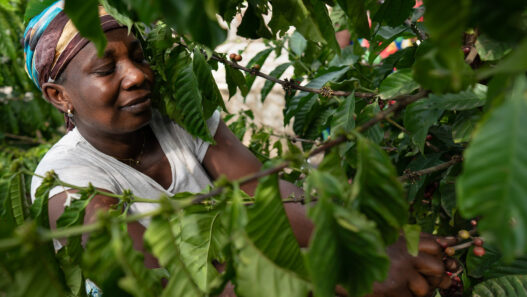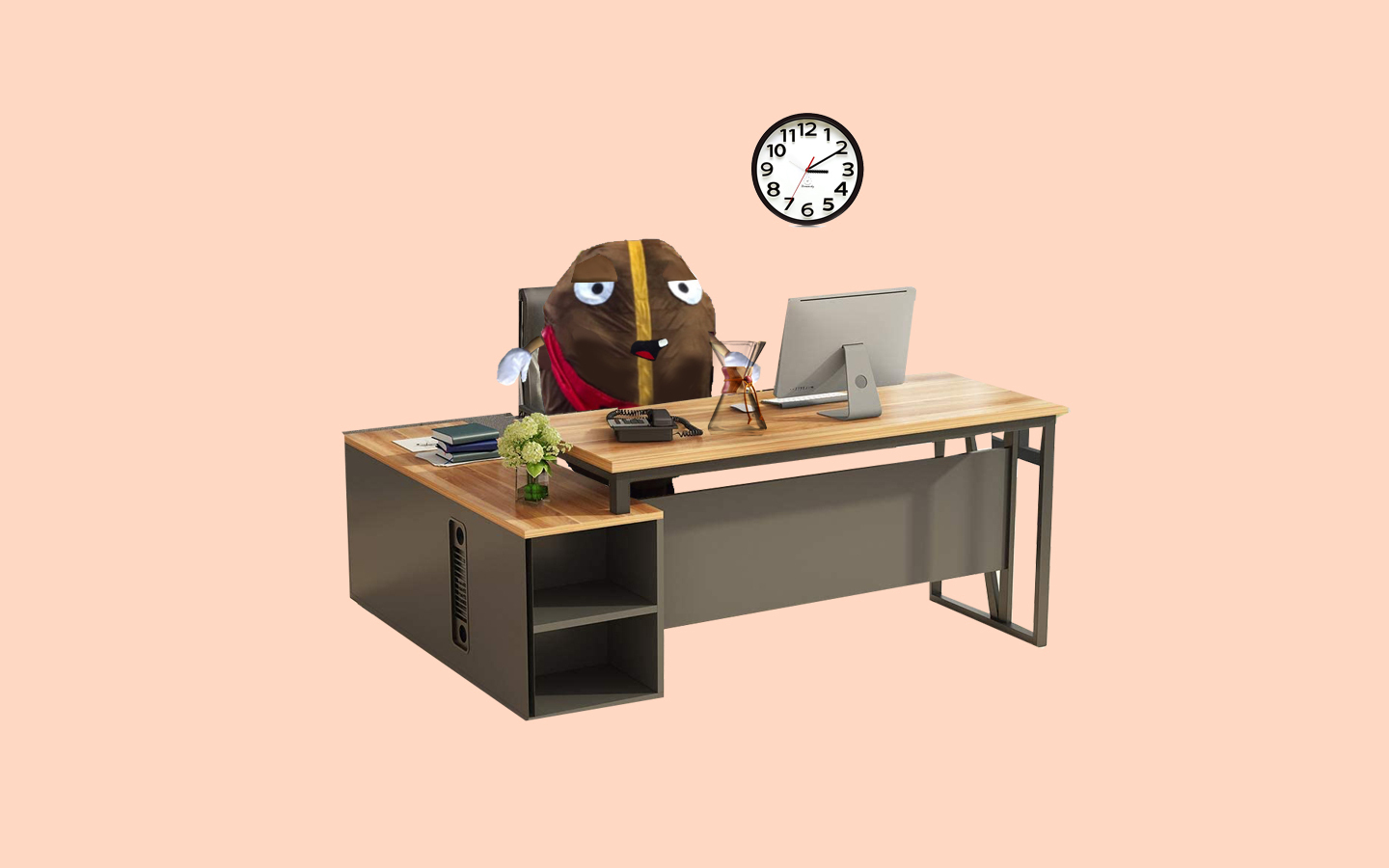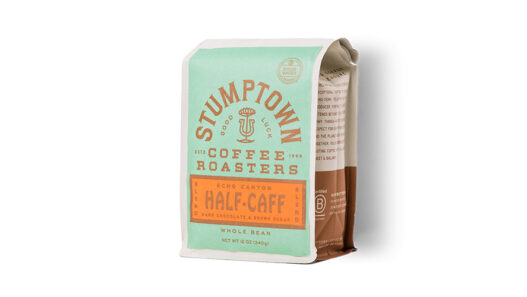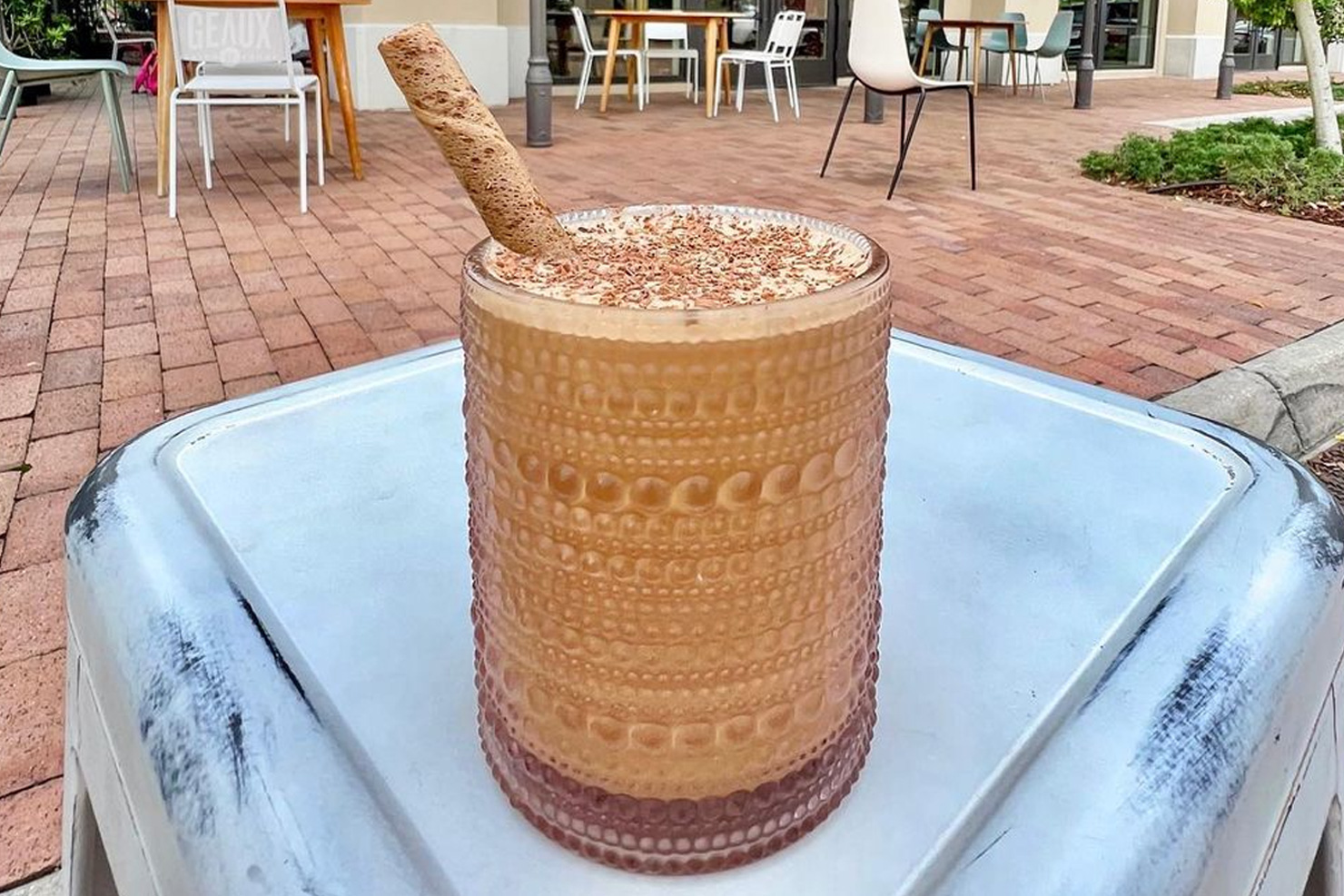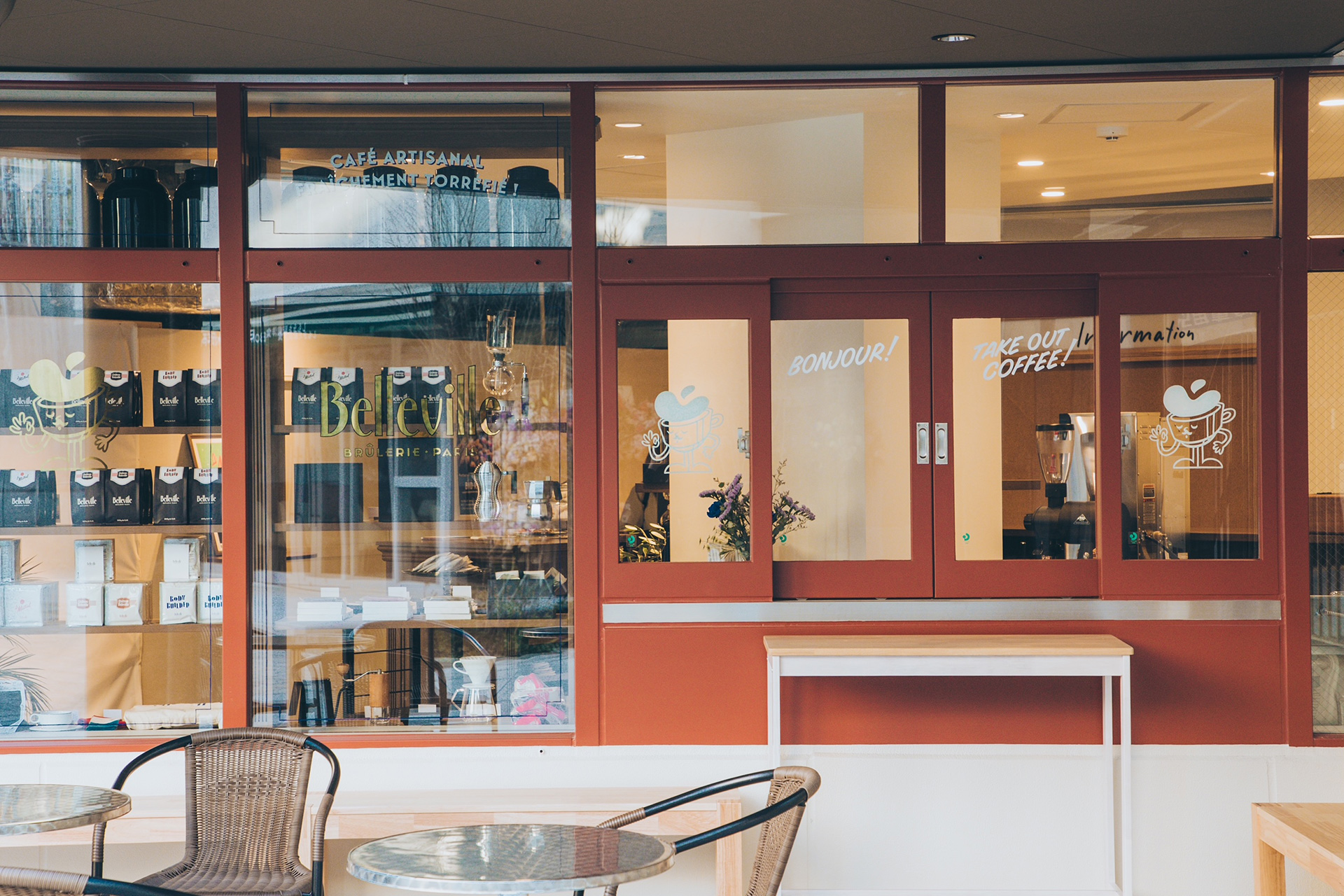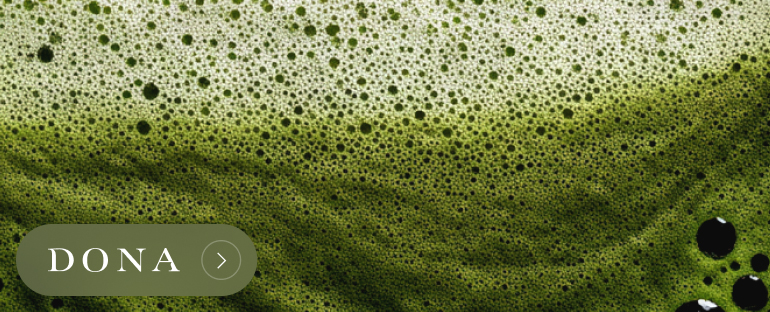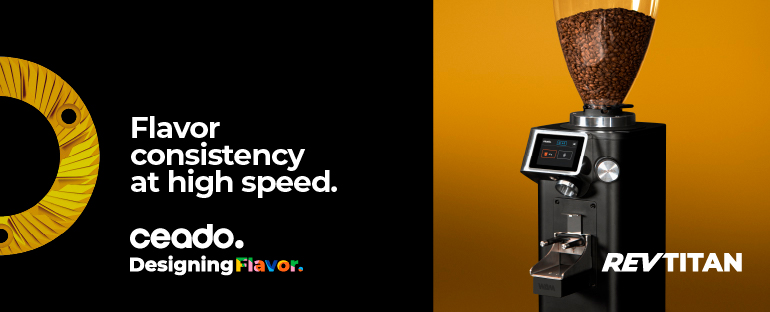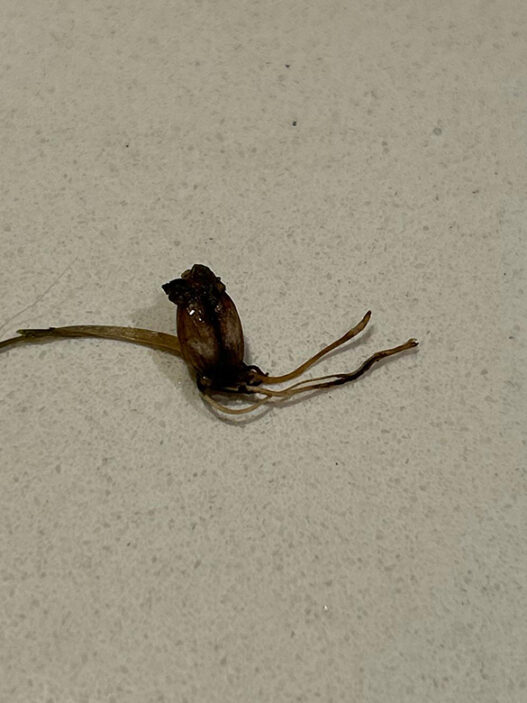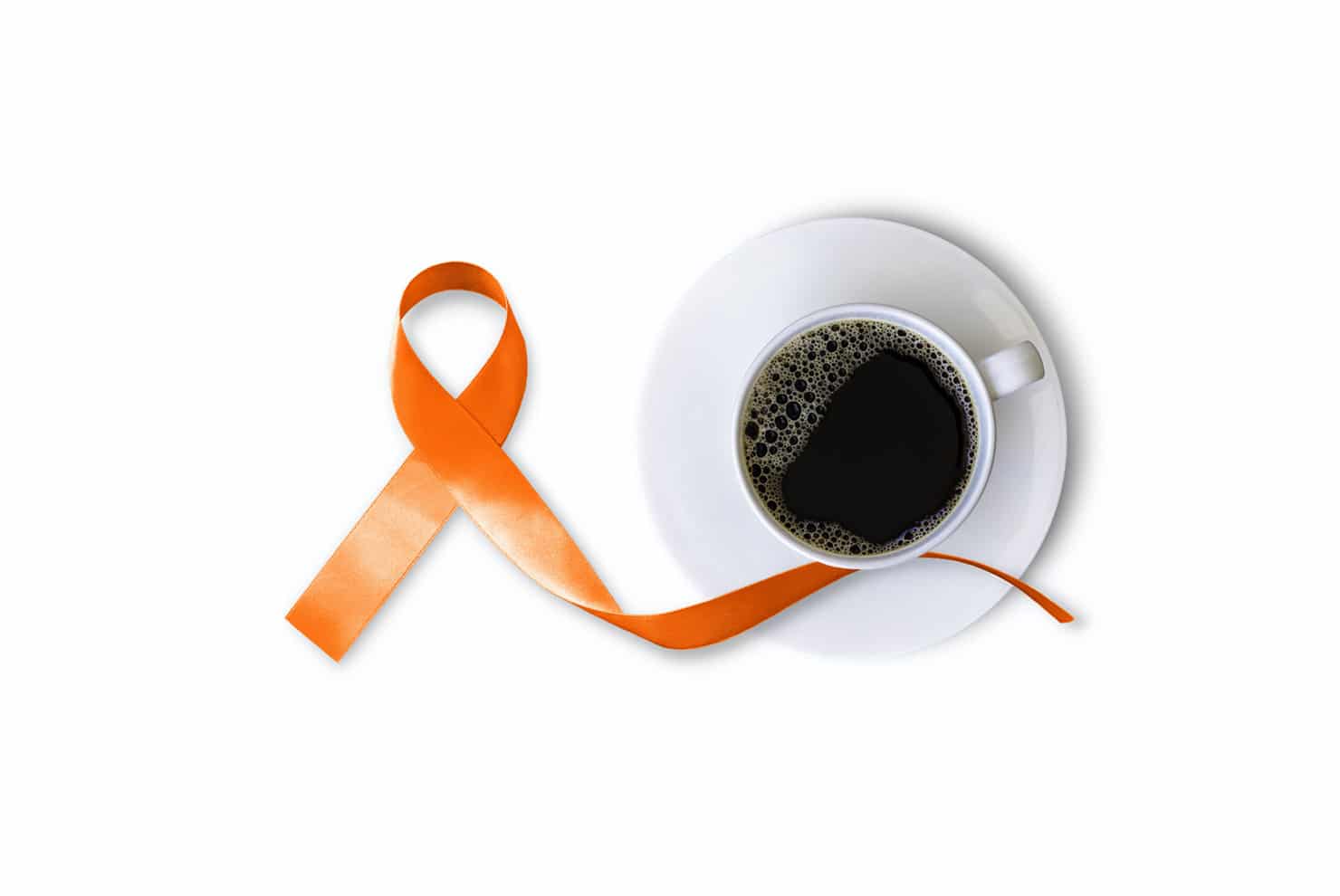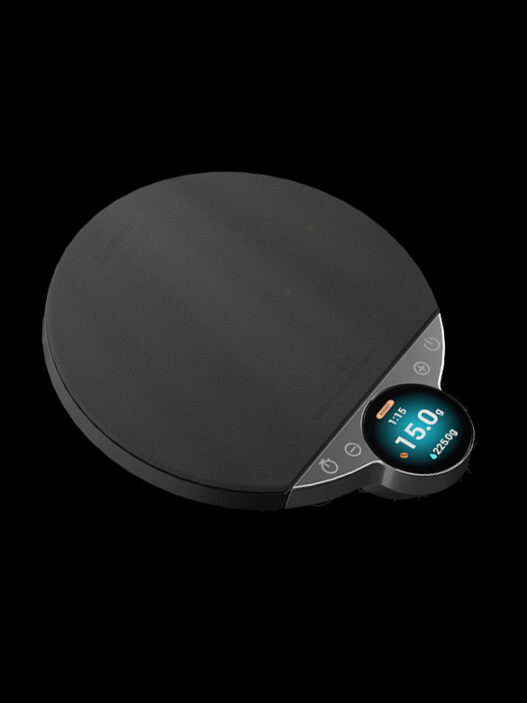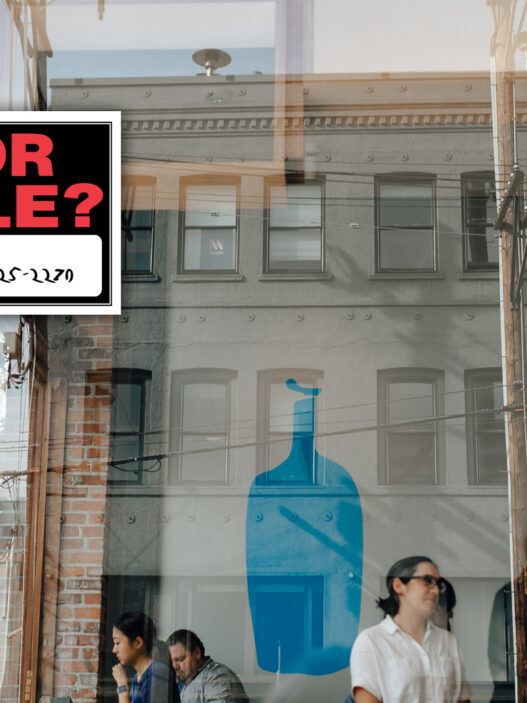Time is a flat circle, what was once cool has since lost popularity and come back around again to gain favor amongst the masses. In the coffee sphere, the waxing and waning of instant coffee’s popularity has certainly followed hewed closely to that particular orbit. But that tale of instant coffee is much older than Folgers crystals, by a few hundred years in fact. In a recent article, the Tasting Table traces the roots of instant coffee all the way back to before America was even a country.
As noted by the Tasting Table, freeze-dried instant coffee first gained popularity during World War II as a means for soldiers to get a much-needed caffeine fix without the requirement of cumbersome brew gear. But the actual invention of instant is believed to have taken place in Britain in 1771, five years before America declared itself a free nation and the Revolutionary War began. But it wasn’t until America’s next armed conflict, the Civil War, that instant coffee found some footing. Much like in WWII nearly a century later, instant coffee, this time in “an experimental cake form” was created to ration out to soldiers to make coffee when not on the battlefield.
It wasn’t until the turn of the 20th century that instant coffee found a market with the home consumer, thanks in large part to three individuals, per the Tasting Table. It began in 1890, with New Zealander David Stang’s “soluble instant coffee” made using a “dry hot air process.” Then in 1901, a Chicago chemist named Satori Kato created the “first stable coffee powder” using a modified technique originally created to make instant tea. But according to Craft Coffee Guru, Kato’s product never gained commercial success. It wasn’t until 1909, when George Constant Louis Washington created Red E Coffee—rebranded a year later to G. Washington Coffee Refining Company—that instant coffee found mass appeal.
Two decades later, in 1930, Nestle began working on an instant coffee of their own, in part at the request of Brazil who needed help finding a use for a surplus of coffee. It wasn’t until 1937 that a Nestle scientist named Max Morgenthaler developed a new technique for creating instant coffee that would go on to become the backbone of the Nescafe brand that is still around to this day.
For the next 70-plus years, instant coffee was synonymous with low quality, something you’d drink in a pinch if you had to (or if you were at Grandma’s house). But that all began to change in the mid-2010s, when brands like Sudden Coffee and Voila brought instant coffee into the nascently popular world of specialty coffee. Here in 2022, specialty instant coffee is about as common place as latte art. Big name roasters like Black & White, ReAnimator, and Verve all have iterations of their single origin offerings in instant form. Intelligentsia has even opened a Los Angeles cafe that only serves instant, and brands like Steeped and Cometeer are redefining what exactly instant coffee can look like in the 21st century.
Instant coffee has come a long way from its freeze-dried-out-of-necessity origins, where any coffee, no matter what it tasted like, was better than nothing at all. More than just being qualitatively better, coffee drinkers are lousy with choice in their instant brews, from washed and natural processed coffees to more experimental anaerobic lots to yes, even really good decaf. High quality coffee is everywhere nowadays, and it is thanks in no small part to instant coffee.
Zac Cadwalader is the managing editor at Sprudge Media Network and a staff writer based in Dallas. Read more Zac Cadwalader on Sprudge.




